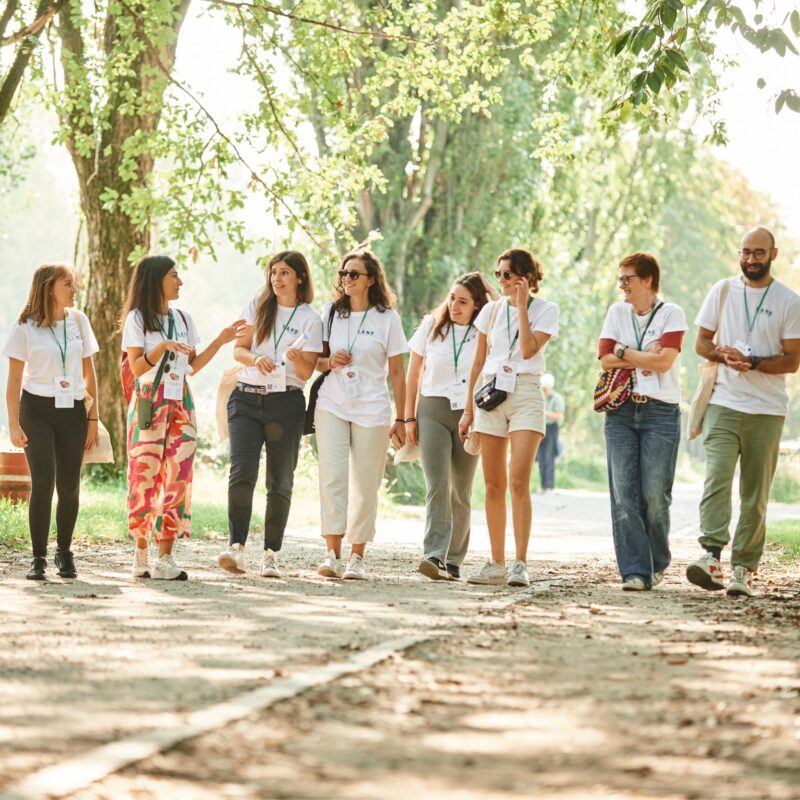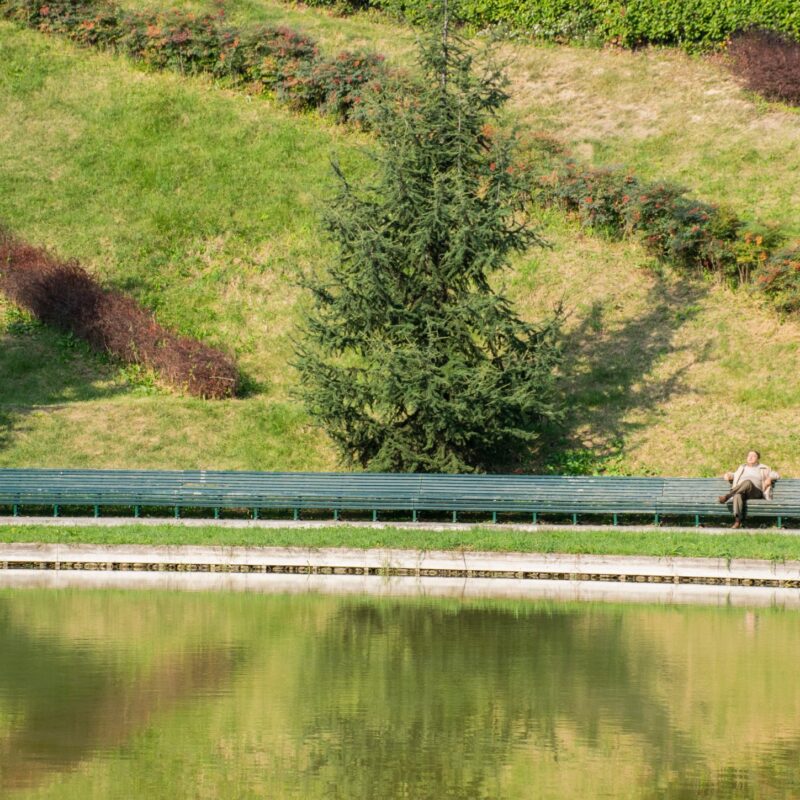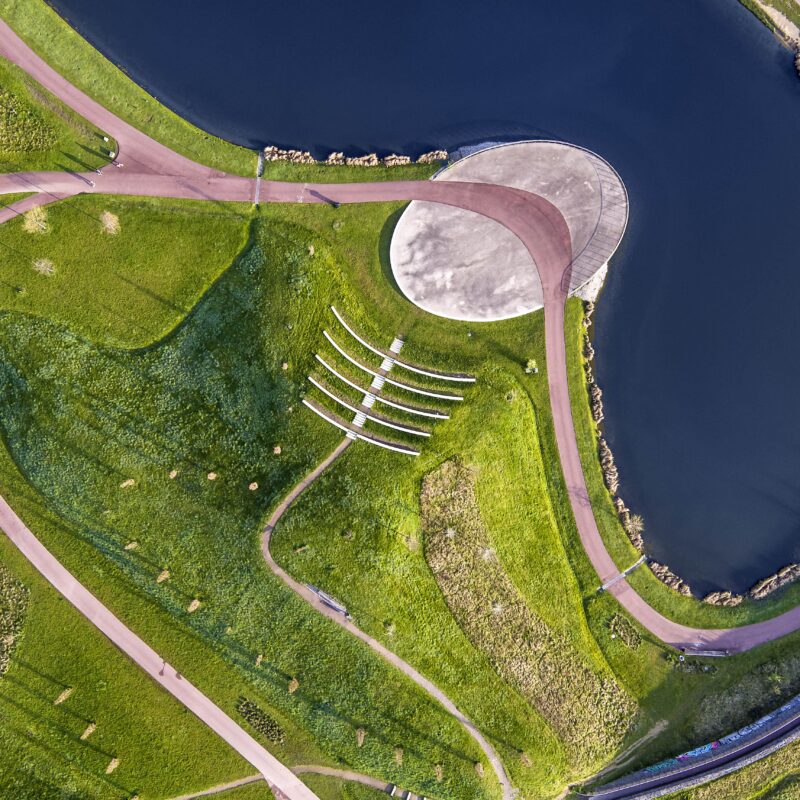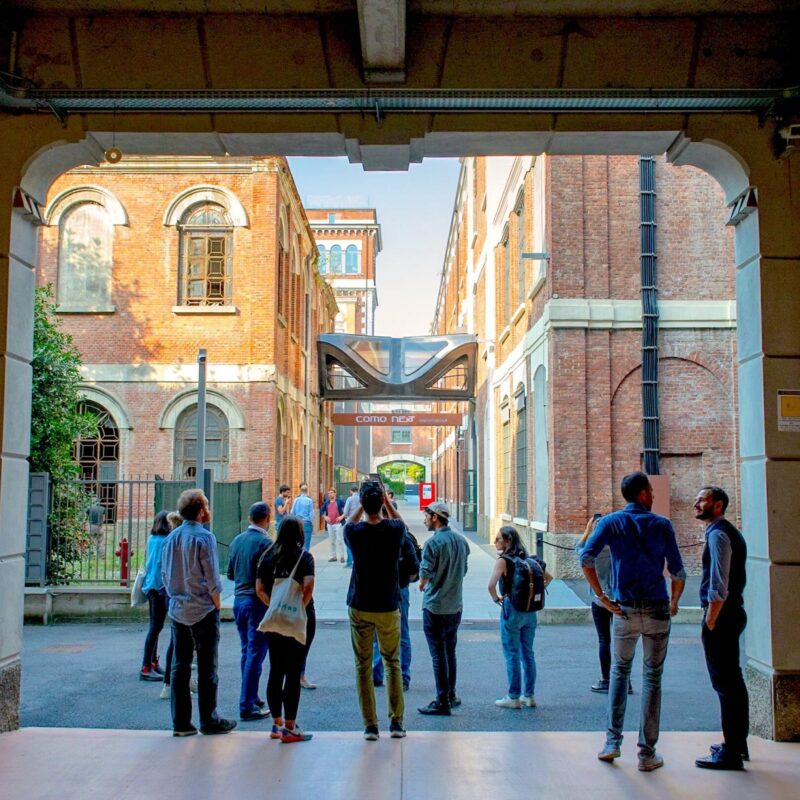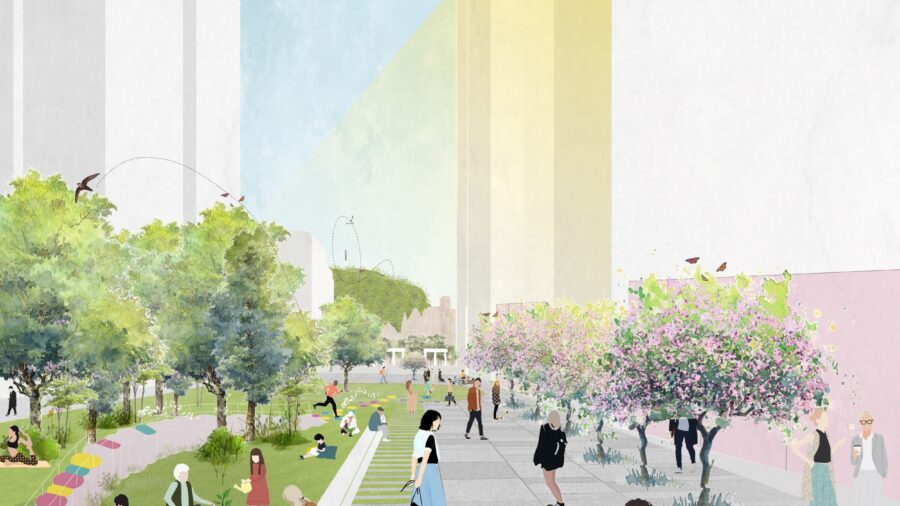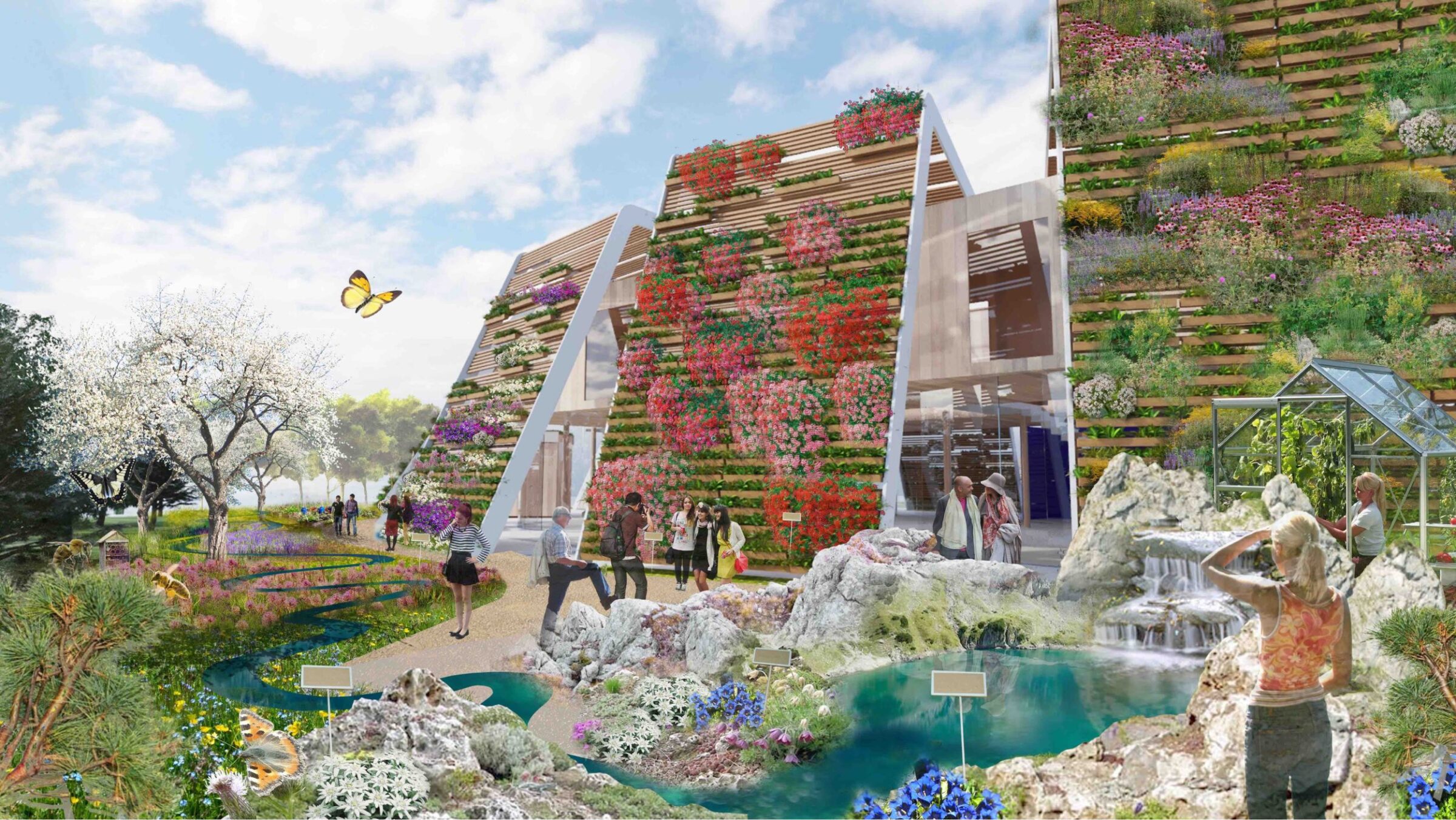
German Pavilion International Horticultural Exposition 2019
China
As an example of Germany’s commitment to sustainability and its innovation in facing environmental issues, the German Garden at the EXPO 2019 in Beijing showcased the development of typical German landscapes under the motto “Seeding the Future”, combining modern technologies with traditional features.
Client
City of Beijing, represented by Beijing International Horticultural Exhibition Coordination Bureau; Hamburg Messe und Congress
Geography
Status
Year
2018-2019
Area Size
0,2 ha
Partners
Kontrapunkt Agentur für Kommunikation GmbH, Hamburg; gtp2 Architekten, Düsseldorf; Bundesministerium für Ernährung und Landwirtschaft, Bonn; A und O Architekten, Hamburg; Landschaftsarchitektur Altzweig, Köln
As an example of Germany’s commitment to sustainability and its innovation in facing environmental issues, the German Garden at the EXPO 2019 in Beijing showcased the development of typical German landscapes under the motto “Seeding the Future”, combining modern technologies with traditional features.
Client
City of Beijing, represented by Beijing International Horticultural Exhibition Coordination Bureau; Hamburg Messe und Congress
Geography
Status
Year
2018-2019
Area Size
0,2 ha
Partners
Kontrapunkt Agentur für Kommunikation GmbH, Hamburg; gtp2 Architekten, Düsseldorf; Bundesministerium für Ernährung und Landwirtschaft, Bonn; A und O Architekten, Hamburg; Landschaftsarchitektur Altzweig, Köln
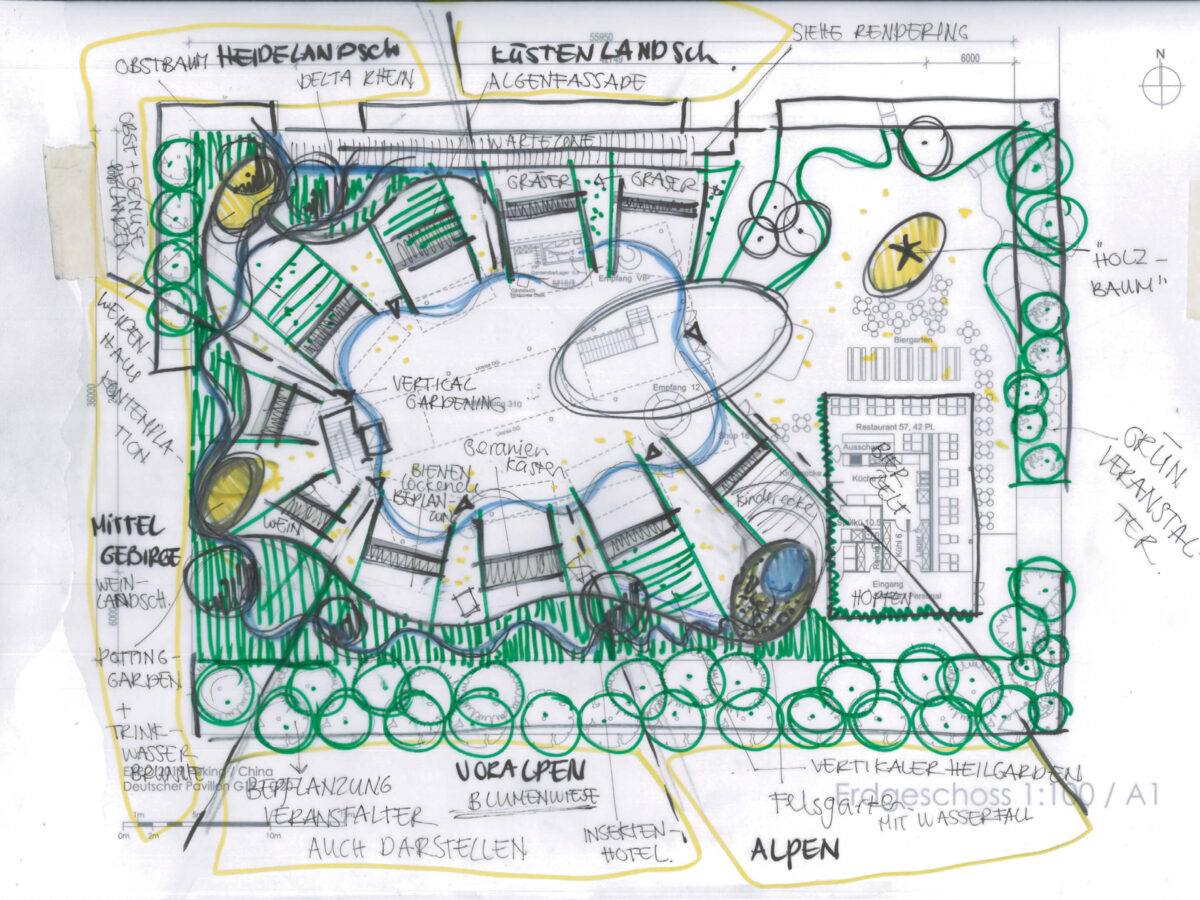
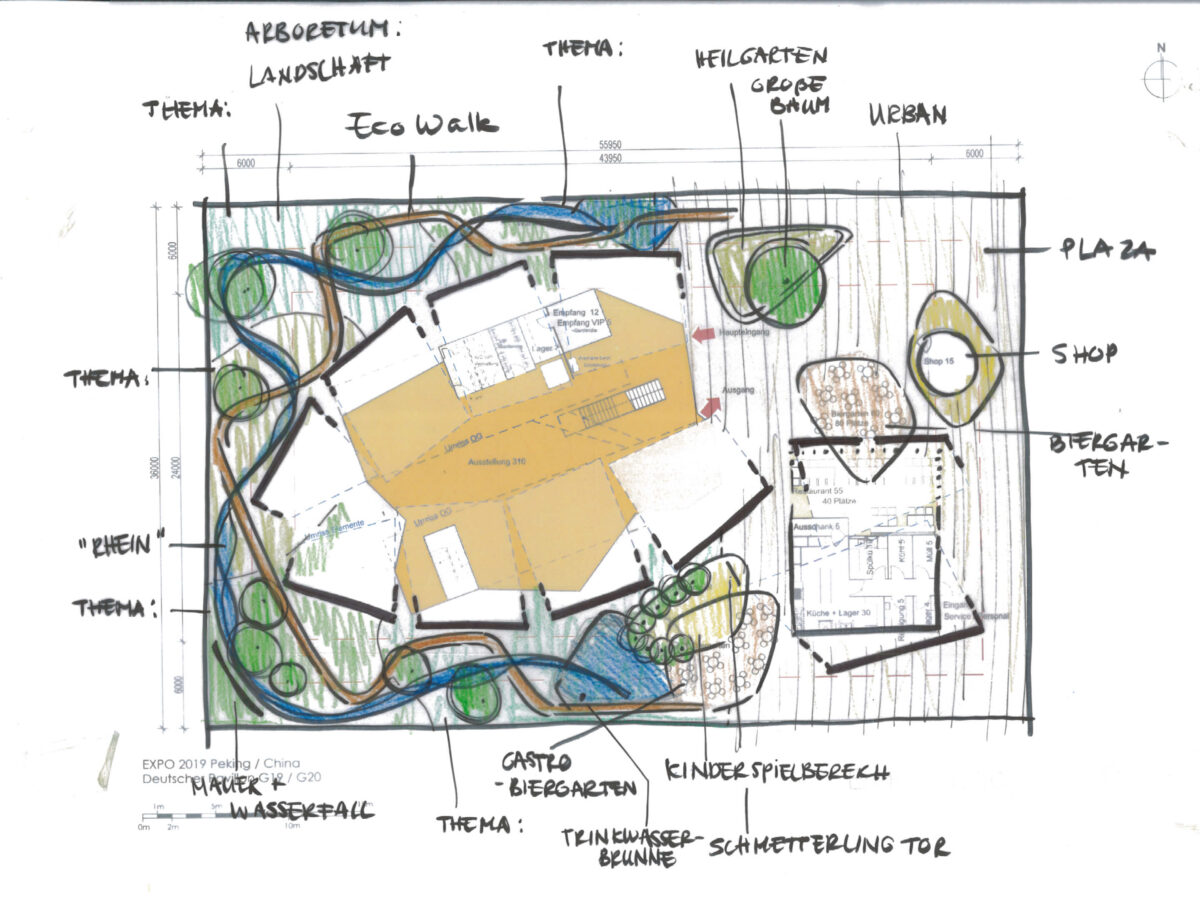
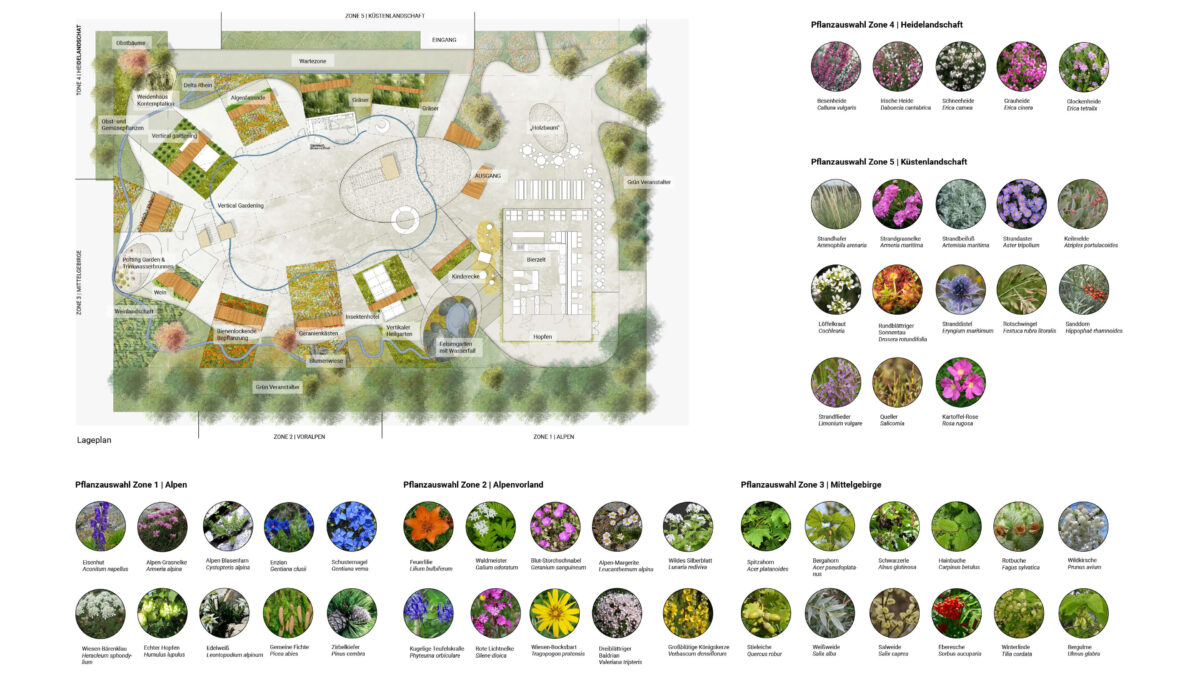
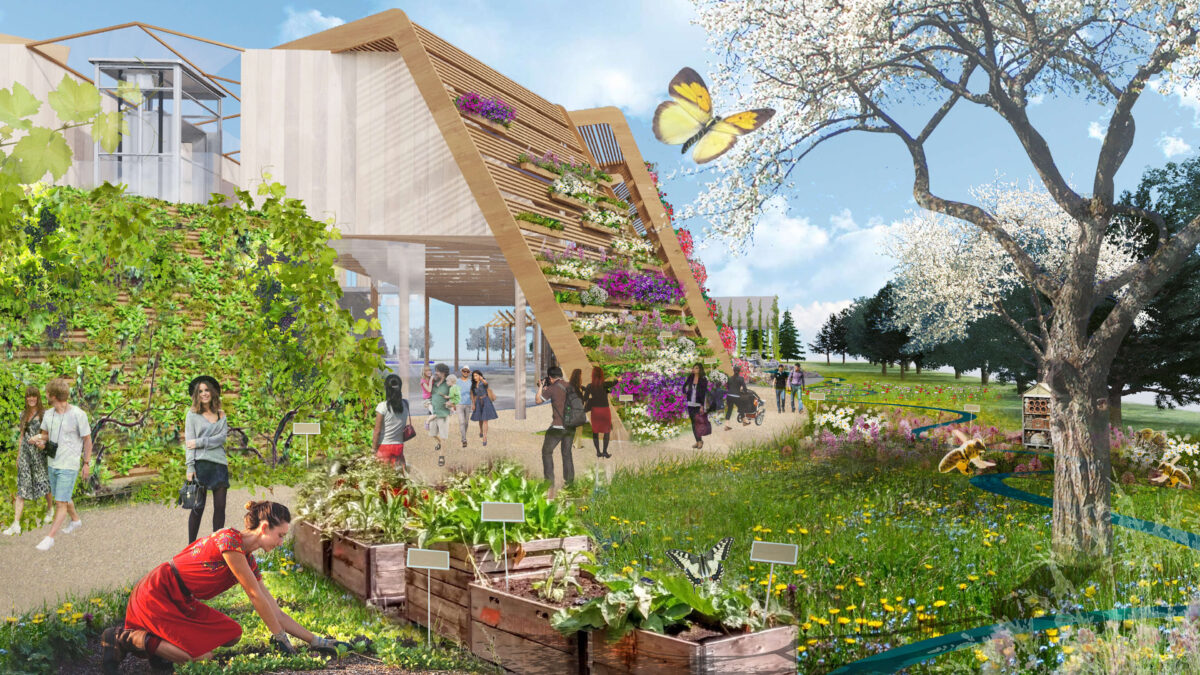
The 2019 International Horticultural Exhibition held in Bejing hosted around 100 different nations and international organisations, with as many local provinces and municipalities, and both national and international companies under the motto “Live Green, Live Better”.
Covering around 2,000m2 of the overall 960 hectares EXPO area, the German Garden offered both a spatial and a temporal journey through Germany, illustrating the transformation of national gardening and landscaping approaches towards ecological resilience and sustainability.
Flanked by an artificial creek, visitors were led on a path through five different kinds of German terrain – the coastal landscape, the heathland, the highlands, the Alpine foothills, and the Alps. From the edges to the centre of the site, where the pavilion was located, natural landscape grew, while also becoming more cultivated and refined. In proximity of the 425m2 pavilion, the ample green frame shifted from a horizontal to a vertical dimension, merging with the building’s architecture over a total of eight kinetic green screens.
In the organic inside of the leaf-shaped pavilion, visitors were led to experience the fundamentals of garden culture as original landscape, both in its regional declination for productive land use and in its futuristic and innovative declination within the cityscape. A particular focus was set on the city of Essen and its environs, as an exemplary radical transformation from industrial core of Germany to European Green Capital and unique sustainability pioneer.
